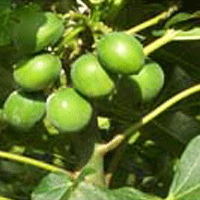Please sign in first
Not a member?
Biofuel / Biodiesel
Growing JATROPHA in Semi-arid India
The criteria for success of a new agro-industrial crop are stability of annual seed production and profitable seed yields. Irrespective of being a xerophyte, the arid environment need not be ideal for commercial planting since mechanisms that enable Jatropha to survive under stress are not always compatible with those necessary for sustained production as a commercial crop.
There is no denying that for good seed yield and oil content, soil moisture and fertility levels are important. However, the phenology of a prospective genotype has to synchronize with the rainfall pattern in a given semi-arid situation like scanty rains in short spells and fewer rainy days.
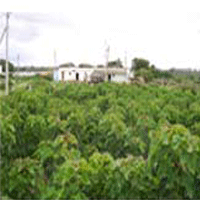
During recent germplasm screening, several genetic variants were identified for responding differently to stress. The data on flower initiation and male to female flower ratio, during the flowering cycle, led to identification of early, mid-late and late genotypes. Further evaluation and utilization of these variants in future breeding programs shall be helpful in developing varieties suitable for different agro-climates in the larger canvas of semi-arid India. Across the board, such seasonal changes in oil and fatty acid profiles were also recorded that could have bearing on the nature and use of Jatropha oleo-chemicals.
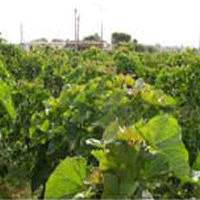
Lack of uniform seed production and maturity cycle limit Jatropha commercialization. Supplemental irrigation at flowering as well as the effect of sudden withdrawal of irrigation, resulting in dehiscing and senescence can drastically alter the flowering behavior, seed maturity and yields.
Years of growing experience has shattered the myth that “Jatropha is not affected by major diseases or insect pests”. Leaf spot, leaf rust, downy and powdery mildews, stem and root-rot are few of the diseases in the plantations. Seedling die-back and collar-rot are common in Jatropha nurseries. The disease incidence can be severe when under irrigation (prolonging the seasonal cycle) in semi-arid environments. However, most of the pathogens can be controlled with application of KIRAN™ in combination with other systemic fungicides.
Jatropha mosaic and bunchy top are two viral diseases so far identified in Jatropha curcas plantations as well as wild stands. Application of ZILLON™ is quite effective. Care must also be taken to propagate only virus free planting material to restrict the disease spread.
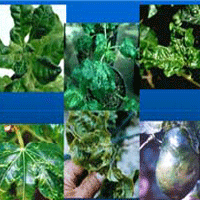
Leaf minor, especially on tender foliage, weevils, shoot and root borers, thrips and mites, and a variety of pests colonize leaves, tender shots, floral buds and developing fruits in semi-arid plantations. Such insect damage has been found to impare adversely the seedling growth and crop establishment, and fruit & seed development. Repeat spraying 3-4 times during the a growing season may be required to limit any crop damage.
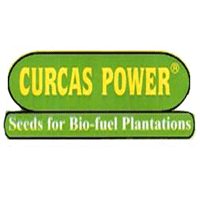
While most of the diseases and pests seam to appear insignificant today, propagation of cloned material and monoculture of Jatropha could compound the problem quickly. Breeding for disease and pest resistance need to be given due priority in future research programs.
Use of FYM mixed with VINGROW™ helps establishment of a robust and healthy crop along with use of NPK and Magnesium and Zinc.
Although Jatropha seams to grow very well in calcareous soils with pH up to 8.5, growth is restricted on acidic soils with pH below 5.2 or in soils beset with high salinity.
